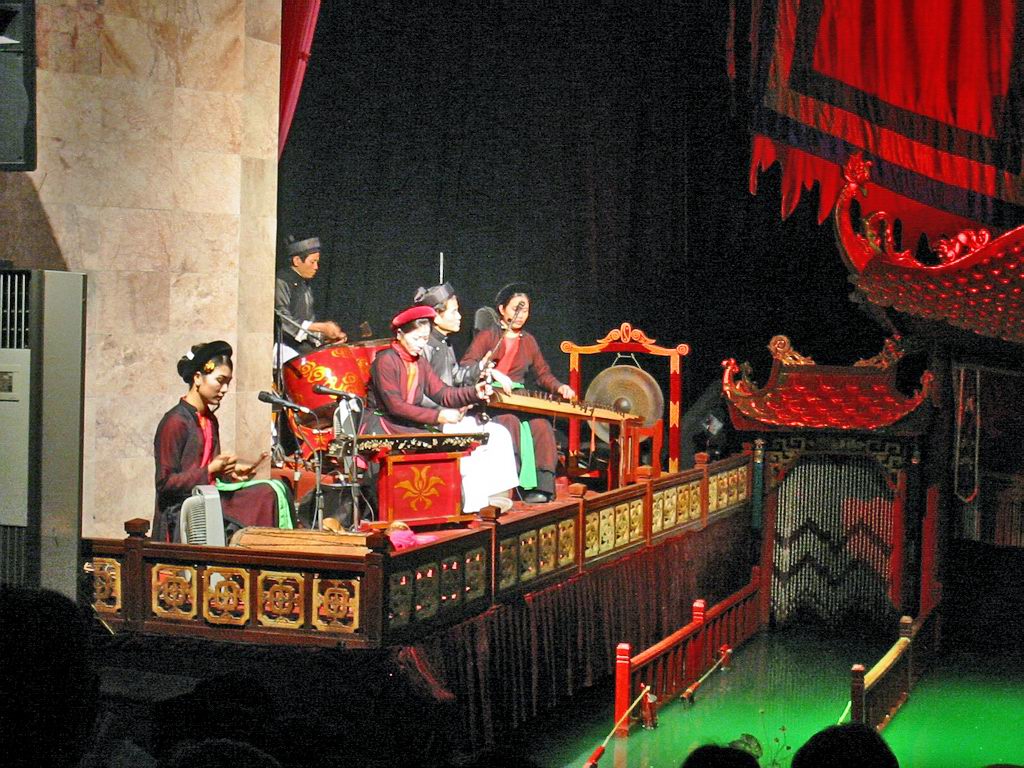The great African summit in Washington last week was largely theater; necessary and important, but still a work of fiction.
If you knew nothing about the subject, you might think that U.S. business, in an extraordinary historical oversight, has overlooked opportunity-rich Africa. Actually, America's trade with Africa has been in free-fall since 2008. China’s trade with Africa is reaching new heights every year, including this one. It more than doubles ours now.
For a decade, Africa — nearly all of its 54 countries — has looked east, and China has seized the opening. Yet the Chinese presence in Africa hasn't helped its underlying problems. Instead, it has put money in the pockets of the ruling elites and has turned a blind eye to the excesses of those elites.
China's interest in Africa, brilliantly and cynically exploited, has been in raw materials. A theme at last week's Washington summit was that there was something wrong with exploiting raw materials, and that value-added manufacturing — which creates real wealth and real jobs — could just be wished into being with more investment dollars.
China has flooded the continent with its lowest-quality exports – goods that wouldn’t make it onto the shelves of Walmart — and has even cheated the Africans out of the best jobs that its raw materials-hungry policy has created by bringing in Chinese workers.
The Africans get even less out of the Chinese colonization, by another name, than it did out of the European version in the “scramble for Africa” in the last decades of the 19th century. But the elites are allowed a free hand with their kleptocracy, their human rights violations, and their indifference to the condition of their own people. This sets up an asymmetrical competition with Western laws against bribery, fair trade practices, and the fact that American and international companies cannot be directed to serve a political purpose by their home governments.
President Obama made a good, even a great start, before the summit when he called for an end to the bad old ways of Africa. But his words weren't echoed by the delegates.
The long-term future of Africa lies in fundamental reforms within its social and political structures — and one in particular: its attitude toward women. If you spend any time there, two things are apparent: women have a raw deal, yet they — not the oil or the chrome or the copper, but the used and abused women of Africa — are its future.
Women hold Africa together and suffer in silence. They are the ones bent over with primitive implements in the fields, inevitably with their latest infant strapped to their backs. They are the ones who must endure marriage during puberty, bear children before their bodies are fully formed, and face the world’s highest rates of death during childbirth.
In shiny office buildings in Accra or Lusaka, it is the women who are moving the work forward. If you need something done, from a permit to an airline reservation, seek out a woman in an office. However, very few women make it to those jobs.
On the farms in Africa, it is the women who have managed small cooperatives, mastered micro-credit and provide family life. But they still must bend over their budzas with their youngest child strapped to their backs. The budza is a kind of hoe used for weeding, tilling and sowing. In its way, it is also a symbol of female enslavement; light enough for a woman to use all day long.
The women of Africa need to be told often and in every way they are special. They need to know that they have value beyond sex and work; that they are not an inferior gender, that they are the future.
The summit touched, in passing, on the talent and the plight women, as the male leaders talked the talk of international good intentions. But the women of Africa need recognition. Give them the tools of education and opportunity and they will do the job.
The budza needs to be retired, as does the culture of female enslavement of which it is the symbol. — For the Hearst-New York Times Syndicate

 Follow
Follow
Leave a Reply